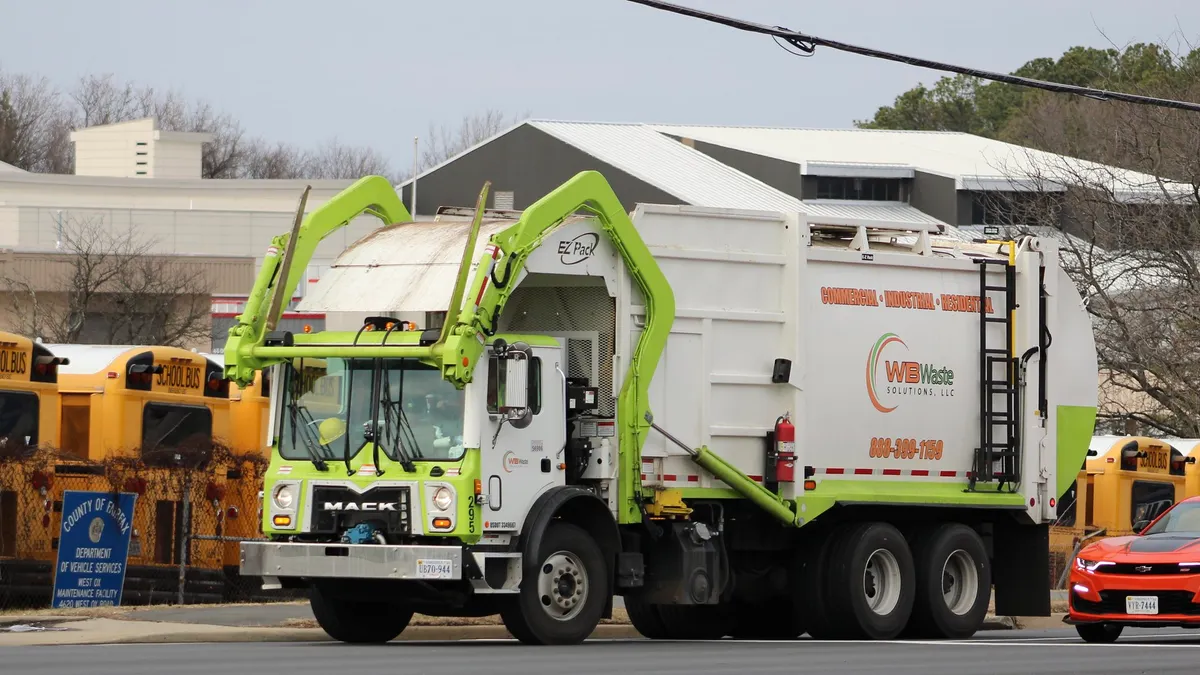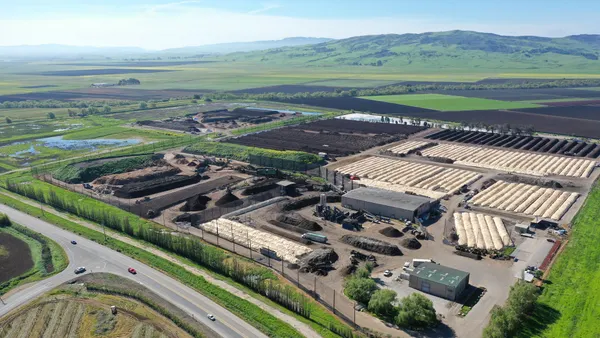Dive Brief:
- Chicago residents haven't been allowed to use plastic bags in their recycling bins since Jan. 1, but the city has experienced many issues with compliance — along with misunderstanding about what can and cannot be recycled.
- According to Streets and Sanitation Commissioner Charles Williams, only about 10-12% of waste collected meets the city's recycling standards. The rest of the waste is getting sent to landfills.
- Plastic film, Styrofoam, glass other than bottles and jars, e-waste, light bulbs, coffee cups, greasy cardboard and napkins are not permitted. Workers tag bins with contaminated recyclables to alert residents when they're missing the mark.
Dive Insight:
Chicago's recycling situation has been evolving since its controversial "blue bag" program was canceled in 2008. In 2013, Mayor Rahm Emmanuel launched the "blue cart" single-stream program to ensure citywide access once again. The city entered into five-year contracts with Waste Management and Resource Management to sell the recyclables at a quarterly-adjusted commodity price until 2018.
This year's transition to new bagless recycling in the bins has frustrated residents. Some have been upset when their carts weren't picked up due to contamination and received warning stickers. City aldermen recently proposed a new pay-as-you-throw program to help incentivize recycling.
Finding ways to adjust behavior, while encouraging participation, is an ongoing issue in the field. The Recycling Partnership recently started a new pilot program in select Massachusetts communities that is experimenting with targeted recycling education. Recycle by City has also been trying to make recycling more approachable and understandable with its customized instruction websites for seven cities. Chicago's Recycle by City website launched earlier this year.










